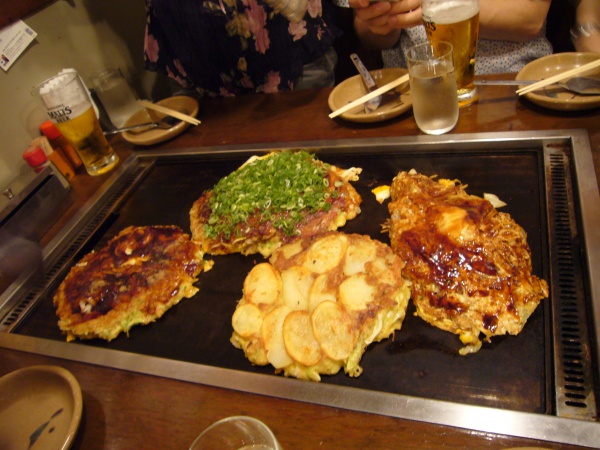Facts About Okonomiyaki
Okonomiyaki is a cherished Japanese savory pancake that blends various ingredients in a wheat-flour batter. The name "okonomiyaki" derives from "okonomi" meaning "what you like" and "yaki" meaning "grilled" or "cooked." While it's particularly popular in the Kansai and Hiroshima regions, it is enjoyed throughout Japan, with each area adding its unique twist to the toppings and batter.
In the Kansai region, especially in Osaka, the batter typically consists of flour, grated yam (nagaimo), water, eggs, and shredded cabbage. To this base, you can add green onions, meat, seafood, vegetables, and even cheese. Often compared to an omelette or pancake, some people liken it to a "Japanese pizza" or refer to it as "Osaka soul food." Many restaurants offer the delightful experience of grilling it yourself on a hotplate at your table, adding an interactive element to the meal.
Hiroshima presents a different take on okonomiyaki. Instead of mixing the ingredients into the batter, they are layered. A typical Hiroshima-style okonomiyaki starts with a layer of batter, followed by cabbage, pork, and optional extras like squid, octopus, or cheese. It's then topped with noodles, a fried egg, and a generous drizzle of okonomiyaki sauce. Known for its substantial cabbage content, this version is often called "Hiroshima-yaki."
There are also numerous regional variations of okonomiyaki. Modan-yaki includes fried noodles, while negiyaki is a thinner version made with scallions. Some variations even incorporate unique ingredients like oysters or chicken. The dish has a rich history, with roots tracing back to the 16th century. It became especially popular during World War II as an inexpensive and filling snack when rice was scarce.
